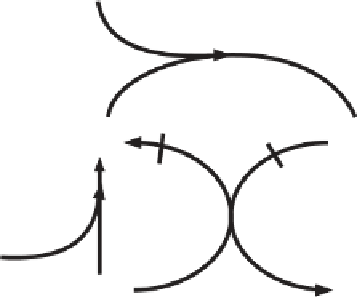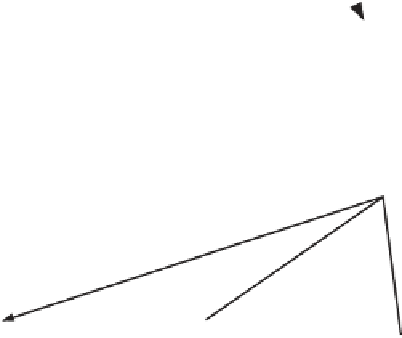Biomedical Engineering Reference
In-Depth Information
the shelf life of foods and prevent the occurrence of rancidity, the presence of
antioxidants is required. These may be indigenous to the food itself or are added to
the food product during processing. Because of health concerns surrounding syn-
thetic antioxidants, there has been an increasing interest in natural antioxidants, not
only as agents for enhancing the shelf life of foods but also as therapeutic agents.
This chapter will discuss the process of rancidity and the type and role that antiox-
idants play in minimizing these reactions to prolong the shelf-life of foods.
LIPID OXIDATION
F
REE
R
ADICAL
O
XIDATION
Many comprehensive reviews have been written on the mechanism of lipid oxida-
tion.
1,2
This process can be initiated by light, temperature, metals, metalloproteins,
pigments and air pollutants as well as microorganisms. Lipid oxidation generates
free radicals which are catalyzers of this process. The primary substrates for these
reactions are polyunsaturated fatty acids and oxygen (
Figure 6.1
).
The free radical
"
#
"
$"
#
&
$"
&
Light
Pigments
Singlet
Oxygen
Catalysers
Metals
Energy
Other
Radicals
"
%
$"
LH
&
Chain cleavage oxidation
products:
Di- and polymerization
products:
!
Rearragement and
succesive products:
α
FIGURE 6.1
Mechanism of unsaturated fatty acids oxidation. LH = lipid component; L =
lipid radical; LOO = lipid peroxy radical; LOOH = lipid hydroperoxide. Antioxidants: OS =
oxygen scavengers; CB = chain reaction breakers; S = synergists; Q = quenchers; CA =
chelating agents; RS = radicals scavengers/blockers.







Search WWH ::

Custom Search